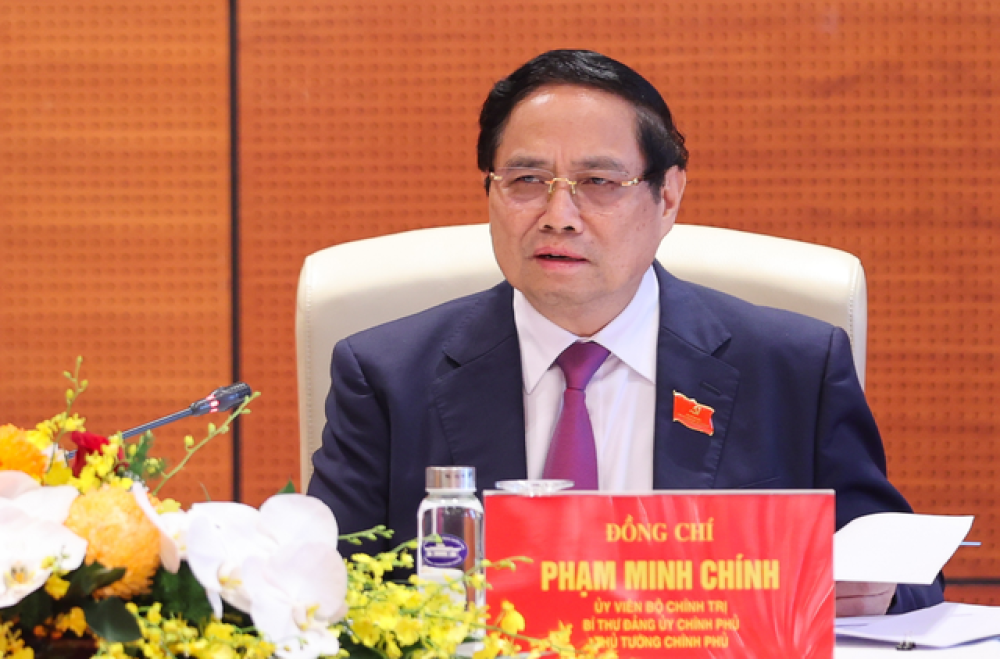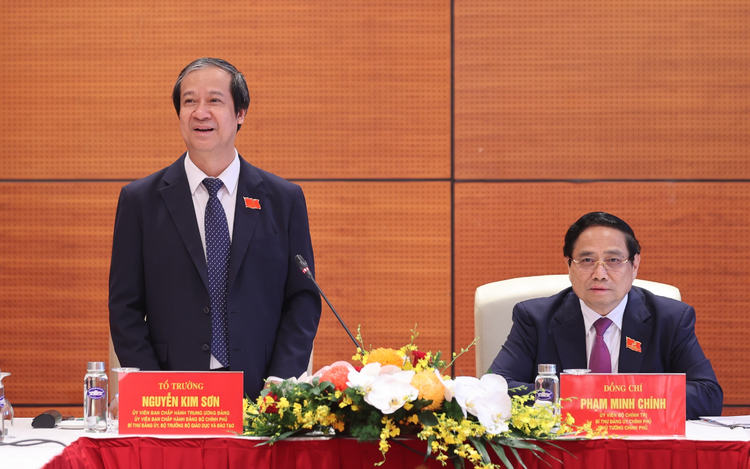Vietnam’s GDP jumps 5 spots globally
Vietnam’s gross domestic product (GDP) has reached US$510 billion in 2025, marking a significant rise from $346 billion in 2020, representing a jump of five places in global rankings, heard a plenary discussion held as part of the first Party Congress of the Government for the 2025-30 tenure on Sunday.
The jump placed Vietnam 32nd in the world and fourth within ASEAN.
During the plenum, delegates discussed key achievements in socioeconomic development during the 2020-25 period, despite facing unprecedented challenges.
According to the draft reports presented, Vietnam is on track to meet or exceed 22 out of 26 major targets, with all 15 of the key indicators for 2024-25 expected to be fully achieved.
Per capita GDP is expected to grow to some $5,000 in 2025 from $3,552 in 2020, officially placing Vietnam in the group of upper-middle-income countries.
Vietnam has maintained macroeconomic stability with inflation controlled at around four percent annually.
State budget revenue for 2021-25 is estimated at VND9.6 quadrillion ($363 billion), 1.36 times higher than in the previous five-year period and surpassing the target of VND8.3 quadrillion ($314.8 billion).
Budget surplus from revenue growth and expenditure savings totals about VND1.57 quadrillion ($59.6 billion).
By the end of 2025, the nation is set to complete 3,245 kilometers of expressways, exceeding the 3,000-kilometer target, and 1,711 kilometers of coastal roads.
The first phase of Long Thanh International Airport in Dong Nai Province, southern Vietnam is also expected to be basically completed.
Workers’ average monthly income increased from VND5.5 million ($209) in 2020 to VND8.4 million ($319) in 2025.
A major social development milestone was the elimination of over 334,000 temporary or dilapidated homes, completed five years and four months ahead of schedule.
The reports also indicated that significant restructuring had cut the number of ministries and equivalent bodies to 17, a 32-percent reduction.
Provinces were consolidated from 63 to 34, while all district-level administrative units ceased operations nationwide.
Meanwhile, the number of communes was significantly trimmed, dropping from over 10,000 to 3,321, representing a 67-percent decrease.
These changes led to a cut of 145,000 public sector employees and a reduction of VND39 trillion ($1.5 billion) in annual recurrent expenditures.
During the period, the government tackled longstanding economic inefficiencies, including restructuring five weak banks and addressing 12 delayed or underperforming public investment projects.
Local authorities are currently reviewing some 3,000 stalled projects involving nearly VND5.9 quadrillion in capital ($223 billion) and 347,000 hectares of land.

Speaking at the discussion, Prime Minister Pham Minh Chinh emphasized the need for continued reform, warning that without innovation, Vietnam cannot progress.
He stated that new approaches, scientific and technological advancement, digital transformation, and creativity are essential for development.
The prime minister stressed the importance of breaking through institutional bottlenecks to unlock resources and turn these obstacles into national advantages.
He hinted at leveraging foreign direct investment while recognizing the untapped potential within domestic capital.
He called for more effective mobilization of total social investment through synchronized, efficient measures such as improving financial and capital markets, establishing international financial centers, and developing free trade hubs.
The government leader urged for greater involvement of the private sector in large infrastructure projects such as international airports and Olympic-scale sports facilities, noting that private enterprises often deliver faster, more modern, and cost-effective results without burdening the state budget.
Source: Tieu Bac - Ngoc An / Tuoi Tre News
Photo: VGP





